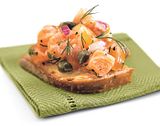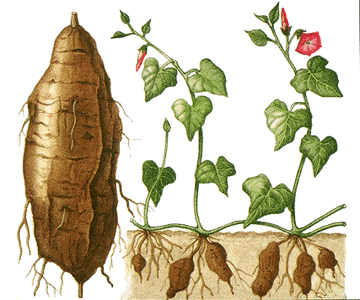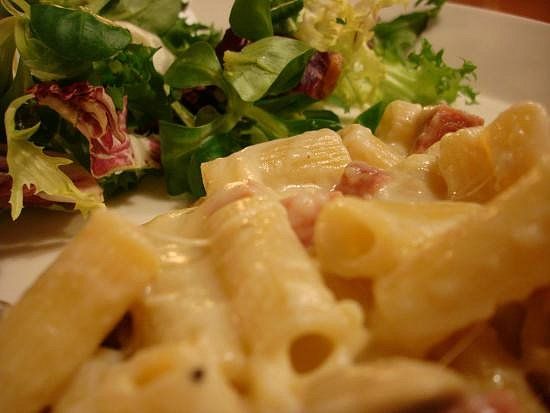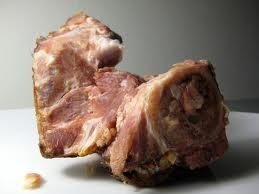
You call it May Day, we Pagans cal it Beltane. It may be a day for workers to take to the streets and protest oppression but for Pagans and Wiccans around the world it is one of the eight sabbats of the Wheel. It is a celebration of fertility and birth. Beltane, the old Gaelic name for the month of May, is the last of the three Wiccan spring fertility festivals, the others being Imbolc and Ostara. Beltane is the second principal Celtic festival (the other being Samhain). Celebrated approximately halfway between Vernal (spring) equinox and the midsummer (Summer Solstice). Beltane traditionally marked the arrival if summer in ancient times. It is one of eight solar Sabbats and one of the only that has not been Christianized.
Beltane, like Samhain, is a time of “no time” when the veils between the two worlds are at their thinnest. No time is when the two worlds intermingle and unite and the magic abounds! It is the time when the Faeries return from their winter respite, carefree and full of faery mischief and faery delight. On the night before Beltane, in times past, folks would place rowan branches at their windows and doors for protection, many otherworldly occurrences could transpire during this time of “no time”. Traditionally on the Isle of Man, the youngest member of the family gathers primroses on the eve before Beltane and throws the flowers at the door of the home for protection. In Ireland it is believed that food left over from May Eve must not be eaten, but rather buried or left as an offering to the faery instead. Much like the tradition of leaving of whatever is not harvested from the fields on Samhain, food on the time of no time is treated with great care.
When the veils are so thin it is an extremely magical time, it is said that the Queen of the Faeries rides out on her white horse. Roving about on Beltane eve She will try to entice people away to the Faeryland. Legend has it that if you sit beneath a tree on Beltane night, you may see the Faery Queen or hear the sound of Her horse’s bells as She rides through the night. Legend says if you hide your face, She will pass you by but if you look at Her, She may choose you. There is a Scottish ballad of this called Thomas the Rhymer, in which Thomas chooses to go the Faeryland with the Queen and has not been seen since. [..]
On Beltane eve the Celts would build two large fires, Bel Fires, lit from the nine sacred woods. The Bel Fire is an invocation to Bel (Sun God) to bring His blessings and protection to the tribe. The herds were ritually driven between two needfires (fein cigin), built on a knoll. The herds were driven through to purify, bring luck and protect them as well as to insure their fertility before they were taken to summer grazing lands. An old Gaelic adage: “Eadar da theine Bhealltuinn” – “Between two Beltane fires”.The Bel fire is a sacred fire with healing and purifying powers. The fires further celebrate the return of life, fruitfulness to the earth and the burning away of winter. The ashes of the Beltane fires were smudged on faces and scattered in the fields. Household fires would be extinguished and re-lit with fresh fire from the Bel Fires.
Celebration includes frolicking throughout the countryside, maypole dancing, leaping over fires to ensure fertility, circling the fire three times (sun-wise) for good luck in the coming year, athletic tournaments feasting, music, drinking, children collecting the May: gathering flowers. children gathering flowers, hobby horses, May birching and folks go a maying”. Flowers, flower wreaths and garlands are typical decorations for this holiday, as well as ribbons and streamers. Flowers are a crucial symbol of Beltane, they signal the victory of Summer over Winter and the blossoming of sensuality in all of nature and the bounty it will bring.
May birching or May boughing, began on Beltane Eve, it is said that young men fastened garland and boughs on the windows and doors of the young maidens upon which their sweet interest laid. Mountain ash leaves and Hawthorne branches meant indicated love whereas thorn meant disdain. This perhaps, is the forerunner of old May Day custom of hanging bouquets hooked on one’s doorknob?
Young men and women wandered into the woods before daybreak of May Day morning with garlands of flowers and/or branches of trees. They would arrive; most rumpled from joyous encounters, in many areas with the maypole for the Beltane celebrations. Pre-Christian society’s thoughts on human sexuality and fertility were not bound up in guilt and sin, but rather joyous in the less restraint expression of human passions. Life was not an exercise but rather a joyful dance, rich in all beauty it can afford.
So dance around the Maypole, light the fire, sing and bang the drums and don’t forget to wash you face in the morning dew.


 I love sweet potatoes and not just at Thanksgiving. I like them baked, boiled and mashed and dipped in tempura batter and fried. They are great in breads and baked desserts. They are very nutritional, an excellent source of vitamin A and a good source of potassium and vitamin C, B6, riboflavin, copper, pantothetic acid and folic acid. Sweet potatoes are native to Central America, grown in the Southern US states since the 16th century and are in the same family of plants as Morning Glories. The plant is a trailing vine with a large tuberous root.
I love sweet potatoes and not just at Thanksgiving. I like them baked, boiled and mashed and dipped in tempura batter and fried. They are great in breads and baked desserts. They are very nutritional, an excellent source of vitamin A and a good source of potassium and vitamin C, B6, riboflavin, copper, pantothetic acid and folic acid. Sweet potatoes are native to Central America, grown in the Southern US states since the 16th century and are in the same family of plants as Morning Glories. The plant is a trailing vine with a large tuberous root.
 In case you still have a few slices of that ham left and are truly sick of ham sandwiches, don’t let it go to waste. Here’s an easy recipe that can make use of those last few slices.
In case you still have a few slices of that ham left and are truly sick of ham sandwiches, don’t let it go to waste. Here’s an easy recipe that can make use of those last few slices. The holiday is over, besides the candy, you most likely have a refrigerator full of leftovers and one of them may be a ham bone. Don’t throw it out just yet, there is still another use for it, soup. Served with a salad and a hearty bread, these soups make a hearty, nutritional meal meal that is also budget conscious. Accompanied by a good beer, this is real comfort food on a chilly Spring evening.
The holiday is over, besides the candy, you most likely have a refrigerator full of leftovers and one of them may be a ham bone. Don’t throw it out just yet, there is still another use for it, soup. Served with a salad and a hearty bread, these soups make a hearty, nutritional meal meal that is also budget conscious. Accompanied by a good beer, this is real comfort food on a chilly Spring evening. 1 lb. dry navy beans
1 lb. dry navy beans
Recent Comments